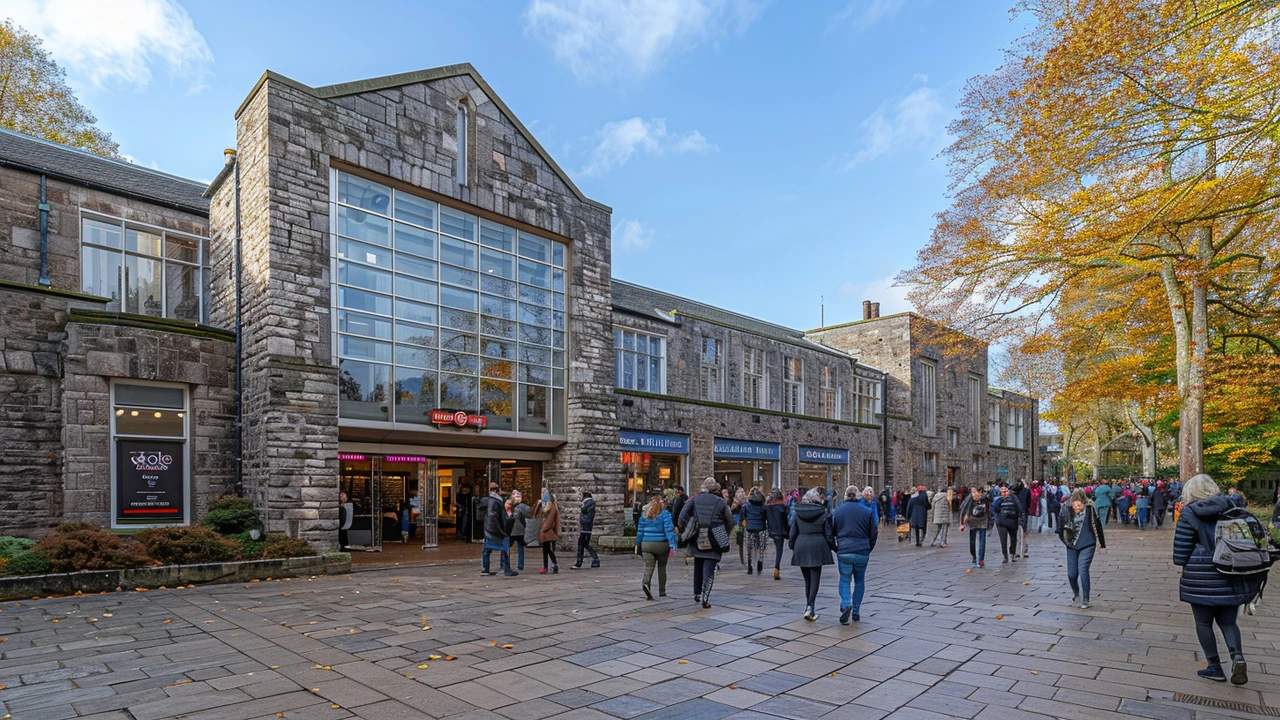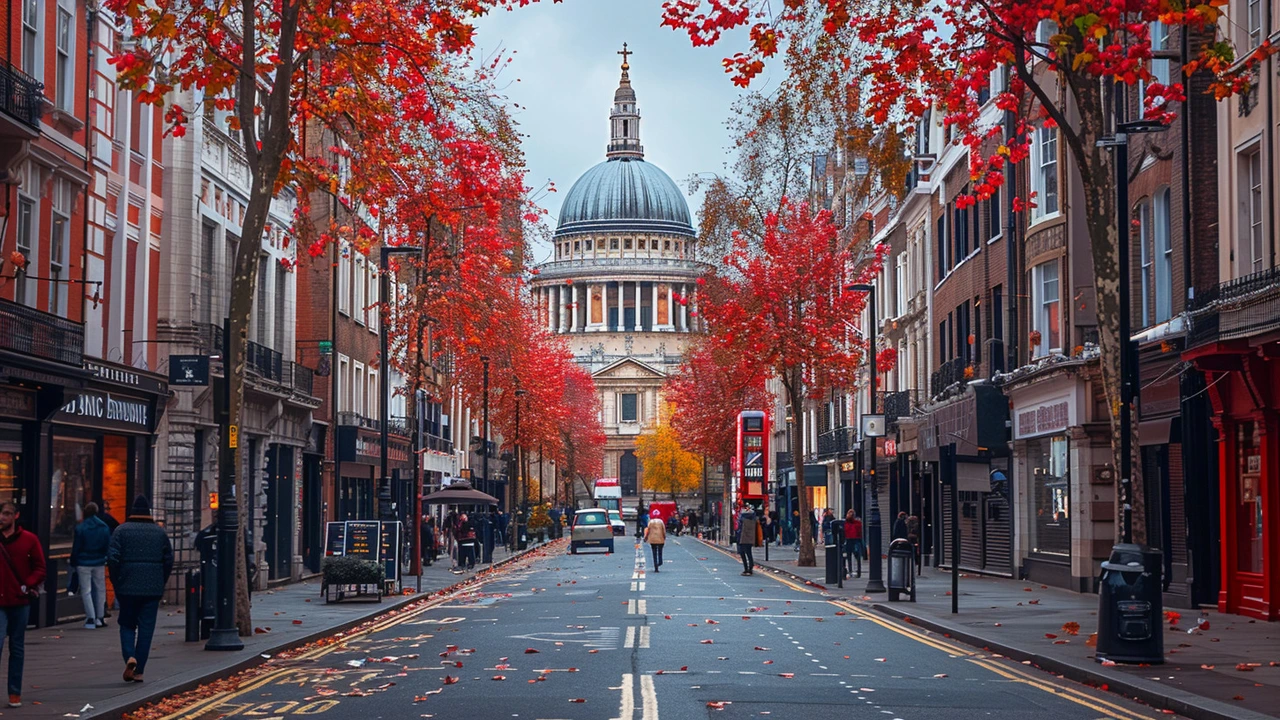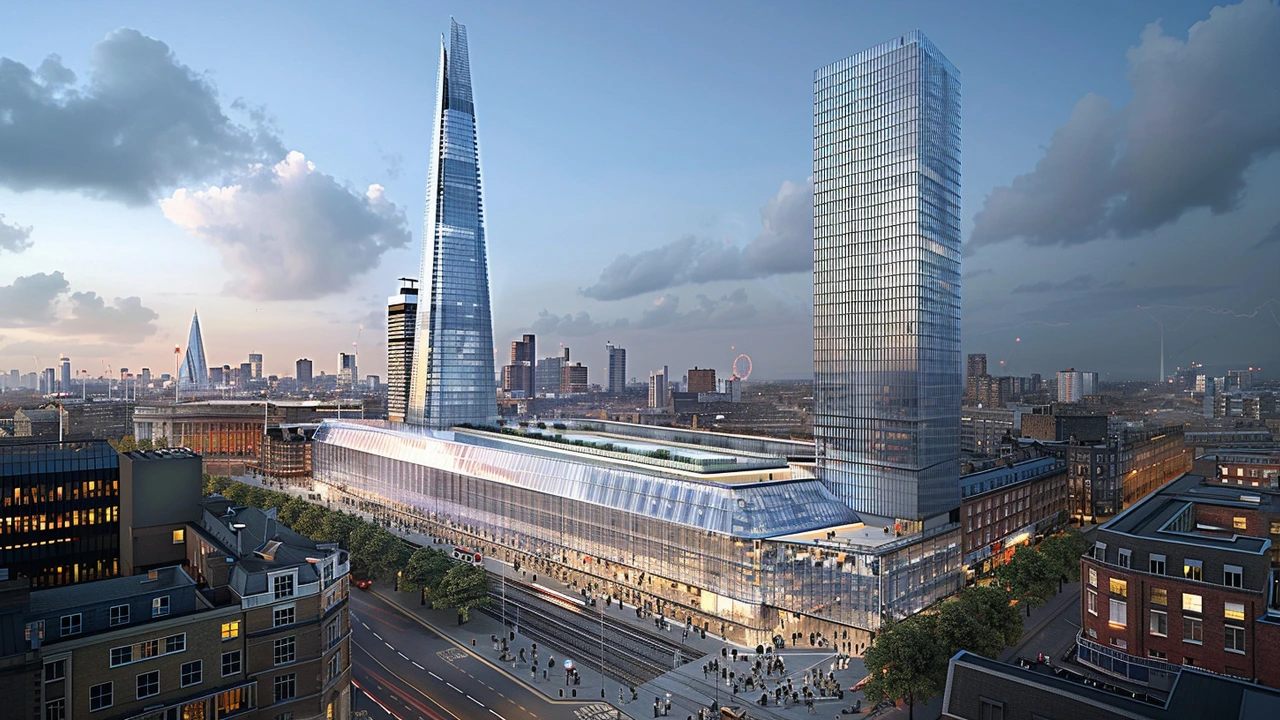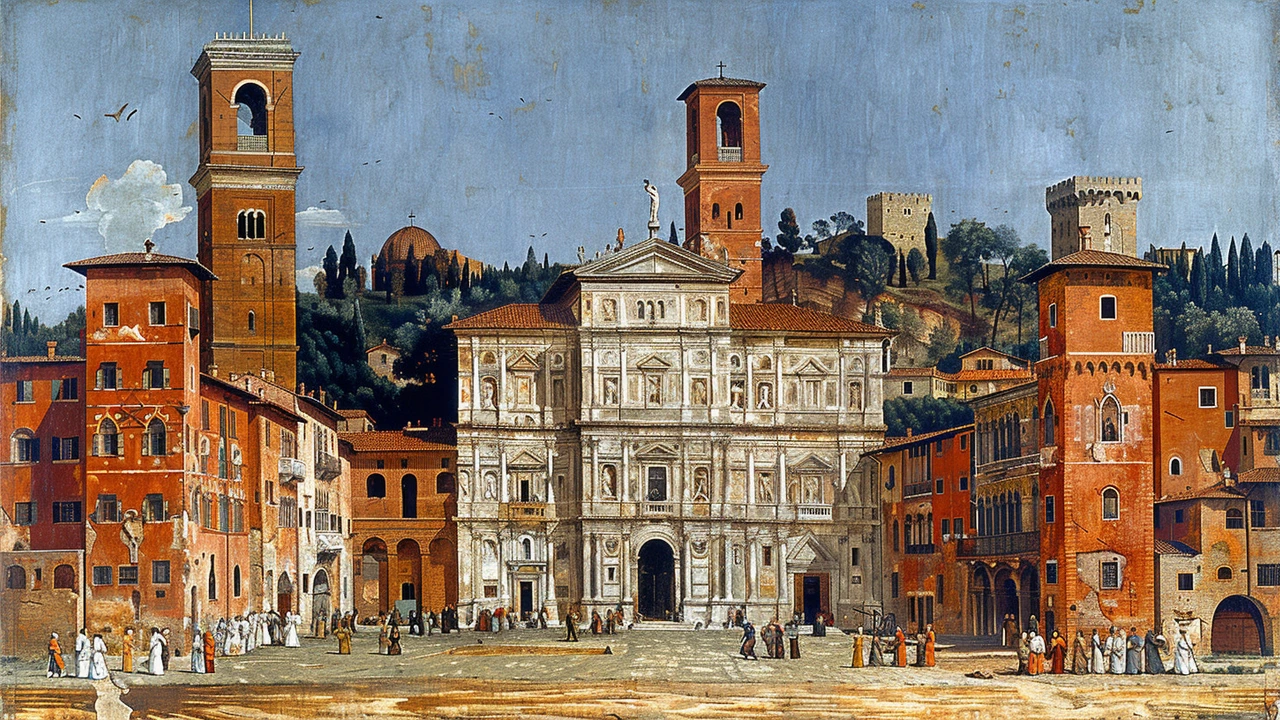This article explores how constructivist architecture plays a crucial role in the realm of sustainable design. By integrating eco-friendly principles with innovative building techniques, this style not only promotes environmental responsibility but also enhances aesthetic and functional aspects. Dive into the essential elements, benefits, and real-world examples of constructivist architecture contributing to a greener future.
June 2024 Architecture Archive — What We Published and Why It Matters
This month brought eight short, focused pieces that each offer practical ideas you can use in design or simply enjoy as inspiration. From Constructivist solutions for sustainable buildings to Neo‑Futurist visions, the posts share clear lessons on form, function, and impact. Below I pull the main takeaways and show quick ways to apply them — no theory-heavy fluff, just usable insights.
Highlights from this month
Constructivist Architecture: The Key to Sustainable Building Design looked at how exposed structure, modular systems, and efficient material use make buildings greener and easier to adapt. If you want low-waste construction or easier retrofits, mimic modular load paths and simplify cladding details.
How Mid-Century Modern Design Transformed Urban Landscapes traced simple city planning moves — human scale, clear sightlines, and mixed uses — that still work. Want more walkable neighborhoods? Think small blocks, thinner facades, and ground-floor activity.
Exploring Bauhaus Style explained the core principle: marry utility with clean form. The practical bit: prioritize circulation and light before ornament. A kitchen layout or office plan benefits most from that mindset.
Revivalism: Journey through Time with Nostalgia showed how bringing older details into new work can add warmth without pastiche. Use a single historic element (a cornice, tile pattern, or doorway) and pair it with modern materials to get that nostalgic feel without clutter.
The Enduring Appeal of Baroque Architecture in Modern Times focused on drama and focus points: grand staircases, vaulted ceilings, layered light. You don't need full Baroque excess — pick one dramatic element as the building's visual anchor.
Neo-Futurism in Modern Design: Pushing the Boundaries covered materials and tech: composites, parametric shapes, and integrated systems. If you design façades, consider kinetic shading or lightweight curved panels to get that forward-looking edge.
The Renaissance: A Period of Change and Innovation reminded readers about proportion, symmetry, and human scale. Those rules still help when you want interiors to feel calm and balanced.
The Global Boon of International Style in Architecture examined openness, glass, and steel. The practical takeaway: open plans and clear structure let interior programs change without expensive rebuilds.
How to use these ideas in your projects
Pick one lesson per project. For example, combine modular Constructivist systems with Mid‑Century‑style human scale: a building that’s both repeatable and friendly to pedestrians. Or use Bauhaus sequencing (light, circulation, function) then add a single Baroque focal point for drama.
If you design on a budget, adapt International Style openness and Renaissance proportions to cut costs while keeping quality. For futuristic gestures, prototype a small façade module first before committing to full parametric cladding.
Want to read the full posts? Browse each piece for examples, photos, and implementation tips. June’s archive is compact but rich with practical moves you can test on your next sketch or site visit.
Explore how Mid-Century Modern design has shaped urban landscapes, blending style and functionality in city planning. Discover the key elements of this architectural style, its historical significance, and tips on incorporating these concepts into modern urban environments.
Discover how Bauhaus style revolutionized design principles by merging functionality with aesthetic beauty. Learn about its origins, key elements, and lasting impact on modern architecture. This comprehensive guide offers valuable insights and practical tips for incorporating Bauhaus principles into contemporary design.
Revivalism brings the charm of old moments into the present, helping us reconnect with past eras. From fashion and music to architecture and lifestyle, exploring these revivals can spark a deep sense of nostalgia. This article delves into why we are so drawn to resurrecting bygone days, highlighting key revival trends and offering tips on embracing them in modern life.
Baroque architecture, known for its ornate detail and dramatic beauty, continues to influence our modern world. The intricate designs and grandeur of Baroque buildings offer more than just aesthetic appeal; they embody cultural and historical significance that remains relevant. This article delves into why Baroque architecture still matters today, examining its unique features, historical importance, and lasting impact on contemporary design.
Neo-Futurism, characterized by sleek lines, forward-thinking structures, and innovative use of materials, is reshaping the landscape of modern design. This article delves into its principles, the visionaries leading this movement, and the impact on urban living spaces. Learn how Neo-Futurism is pushing design boundaries and offering fresh perspectives.
The Renaissance marks a significant period in history, characterized by great change and innovation. It was a time of extraordinary cultural revival, affecting art, science, and society. Explore the key aspects and influential figures of this era, discovering how the Renaissance shaped the modern world.
This article delves into the continuing ascent of the International Style in architecture, examining its historical roots, key characteristics, notable architects, and its global influence. It also discusses how the style has evolved over the years and offers practical tips for incorporating International Style elements into contemporary design. Readers will gain a comprehensive understanding of why this architectural trend remains relevant.








